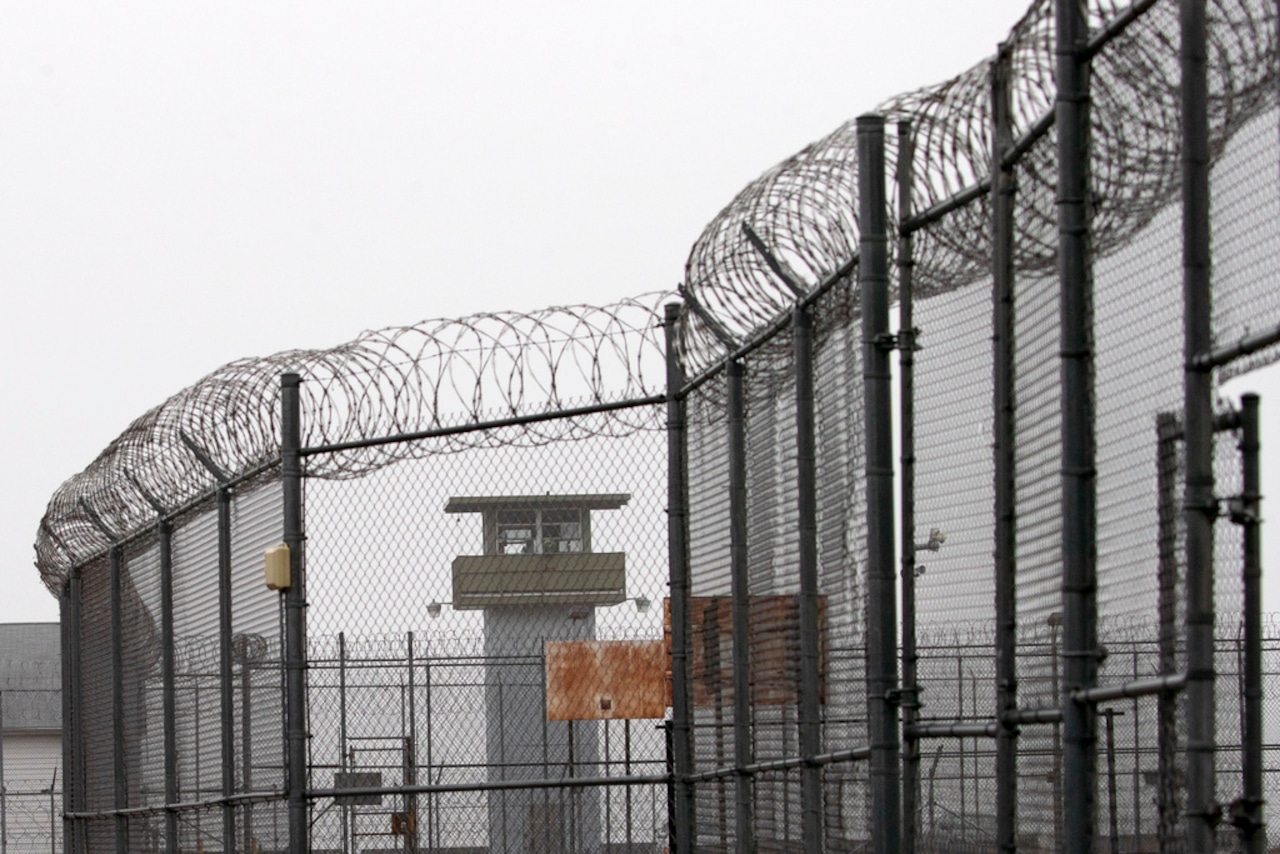
Saying funds for critical projects are running out, Gov. Maura Healey on Tuesday announced plans for $1.2 billion in IT capital investments for the executive branch, municipalities and public higher education over a five-year period.
Healey filed the FutureTech Act, a bill meant to keep “large, transformative” information technology projects on track once existing bond authorization for the Executive Office of Technology Services and Security is “completely exhausted” in fiscal 2025, the governor’s office said.
Asked whether the bill’s size is justified amid budget reductions and revenue headwinds, Healey told reporters, “Oh, absolutely.”
“It’s not only justifiable, it’s absolutely imperative. I mean, we need to make investments in our technology,” Healey said at a press conference.
“It’s like anything else, you know. If you don’t take care of your house and you don’t take care of your foundation, things crumble and fall apart,” Healey added. “They become a lot more expensive to fix later on, and they don’t meet the times that we’re in. This is absolutely essential investment in infrastructure, and as governor, I’m committed to making sure that Massachusetts leads the way, as we should, when it comes to technology — that will improve people’s lives, that will improve the way we engage with businesses, with residents, and deliver service.”
The $1.23 billion proposal, spanning fiscal years 2025 through 2029, would support integrated constituent services and cybersecurity projects, while also funding investments in artificial intelligence technology.
A provision in the bill carves out $400 million for health and human services projects, which will enable the administration to seek some federal reimbursements and apply the money to IT projects, according to Administration and Finance Secretary Matthew Gorzkowicz.
Investments include $120 million for managing financial, payroll and human resources functions across the executive branch; $110 million to improve user experiences across state agencies; $30 million to modernize health records; $13 million to improve student financial aid access for higher education; $12 million to modernize child care financial assistance platforms; and $25 million for future AI projects.
Lt. Gov. Kim Driscoll touted the bill’s investment of $30 million for municipal fiber networks and $25 million for a competitive local grant program to support IT innovations.
“I think we all understand the role that technology plays in delivering governmental services, and it really does impact the quality of life for people, for business, for access,” Driscoll said.
Debt service payments in the state’s annual operating budget provide the fuel for ongoing capital spending and projects.
“We need to think long term, and we need to think about what authorizations need to be in place over those years. With respect to the operating budget, sure, we budget for debt service, and we size our debt service based on what our plan of borrowing is over those periods of time,” Gorzkowicz said. “We do a five-year capital plan that we update every year and make revisions as necessary, but this is separate than the operating budget.”
At the press conference in the governor’s office lobby, Amy O’Leary, executive director of advocacy and policy organization Strategies for Children, applauded the bill’s investment to streamline child care financial assistance infrastructure, including updating waitlist, case management and subsidy systems.
“By updating the outdated technology system, we expect that EEC will be able to serve families more effectively and equitably, and to pay providers in a more timely fashion for financial stability,” O’Leary said of the Department of Early Education and Care.
While revenues halfway into the fiscal year are $769 million less than budget writers anticipated, Healey said the commonwealth’s bond rating is “extremely high.”
Gorzkowicz, asked whether he was concerned about the revenue shortfall affecting the state’s ability to borrow more money in the future, said officials monitor the bond rating “very carefully.”
“We’re in the market now to issue some debt, and so we work very closely with the treasurer’s office and all three of the rating agencies. You know, I think what the rating agencies look for is swift and decisive action — they want to make sure that we’re on top of it, and that we’re managing it responsibly,” the administration’s budget czar said.
“And I think that action that the administration took yesterday show exactly that. It shows that we’re monitoring the situation. We’re taking action when action is necessary to do proper belt-tightening. We’re preserving the state’s rainy day fund,” Gorzkowicz observed.






